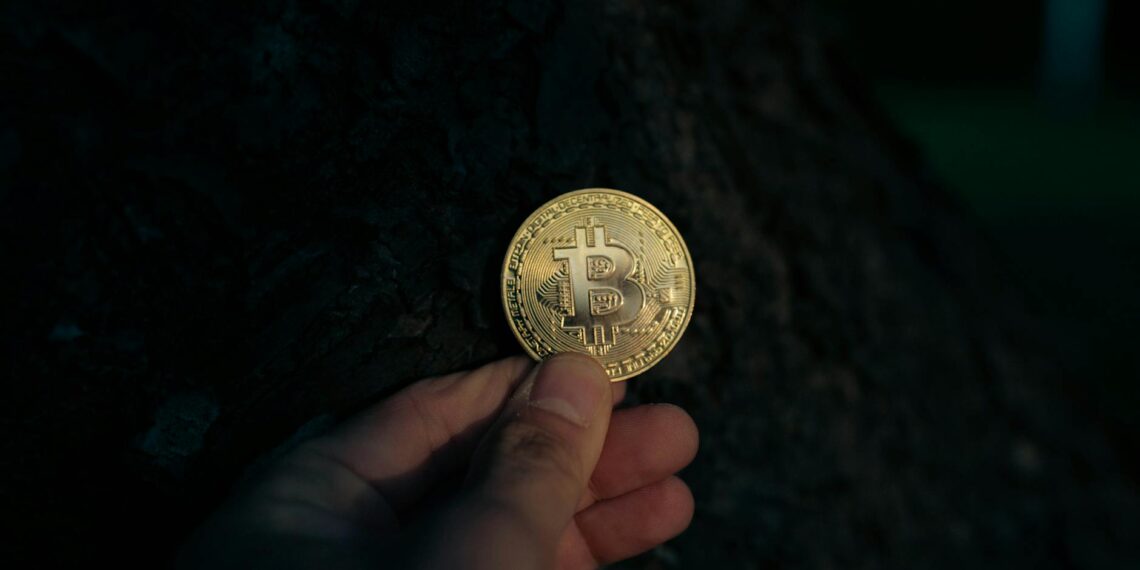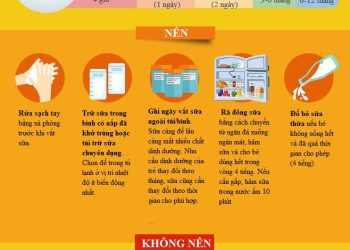A proof coin is a specially minted coin distinguished by its exceptional detail, mirror-like surfaces, and sometimes a frosted design. It represents the highest quality strike a mint can achieve and is produced primarily for collectors and for commemorative purposes, not for general circulation.
Here’s a breakdown of what defines a proof coin:
- Special Production Process:
– Polished Dies and Planchets: The dies (molds) and planchets (coin blanks) used for proof coins are carefully polished and cleaned to ensure a pristine strike.
– Multiple Strikes: Proof coins are struck multiple times (at least twice) under high pressure to capture every intricate detail of the design. This ensures a sharper and more defined image than regular circulating coins.
– Handled with Care: Proof coins are handled individually and packaged carefully to preserve their pristine condition, [according to the U.S. Mint].
- Distinctive Appearance:
– Mirror-Like Fields: The background of a proof coin is typically highly polished, creating a reflective, mirror-like surface.
– Frosted Devices (Designs): The raised elements of the design often have a frosted, matte finish that contrasts beautifully with the mirrored fields. This contrasting effect is referred to as “cameo,” or “deep cameo” if the contrast is particularly strong.
– Sharp Details: The multiple strikes ensure that even the finest details of the design are crisp and clearly defined.
- Collectability and Value:
– Limited Mintage: Proof coins are typically produced in limited quantities, making them more scarce and collectible than their circulating counterparts.
– Higher Value: Due to their craftsmanship and rarity, proof coins generally fetch a higher premium than standard uncirculated coins.
– Investment Potential: Proof coins, particularly those made from precious metals like gold and silver, can hold both numismatic value (value based on their collectability) and intrinsic value (value based on the metal content), according to Gainesville Coins. This makes them an attractive option for some investors looking to diversify their portfolios.
In summary, a proof coin is a beautifully crafted collector’s item, representing the pinnacle of a mint’s artistry, and distinguished by its unique production process and striking appearance.









Is a proof coin more valuable?
The value of Proof coins is almost always going to be more significant than that of a similar uncirculated, non-proof coin (when discounting other numismatic coins, such as key dates, errors, etc.). The relative mark-up is larger in silver Proof coins than it is in gold Proof coins.
What is special about a proof coin?
Proof coins are struck in sharp relief with mirror-like backgrounds and frosted, sculpted foregrounds, giving them a special cameo effect. They’re collector’s pieces in their own right.
Can a proof coin be circulated?
From my experience, There are two different grades of uncirculated coins: business strike and proof. Business strike coins are struck for circulation, while proof coins are specially made for collectors.